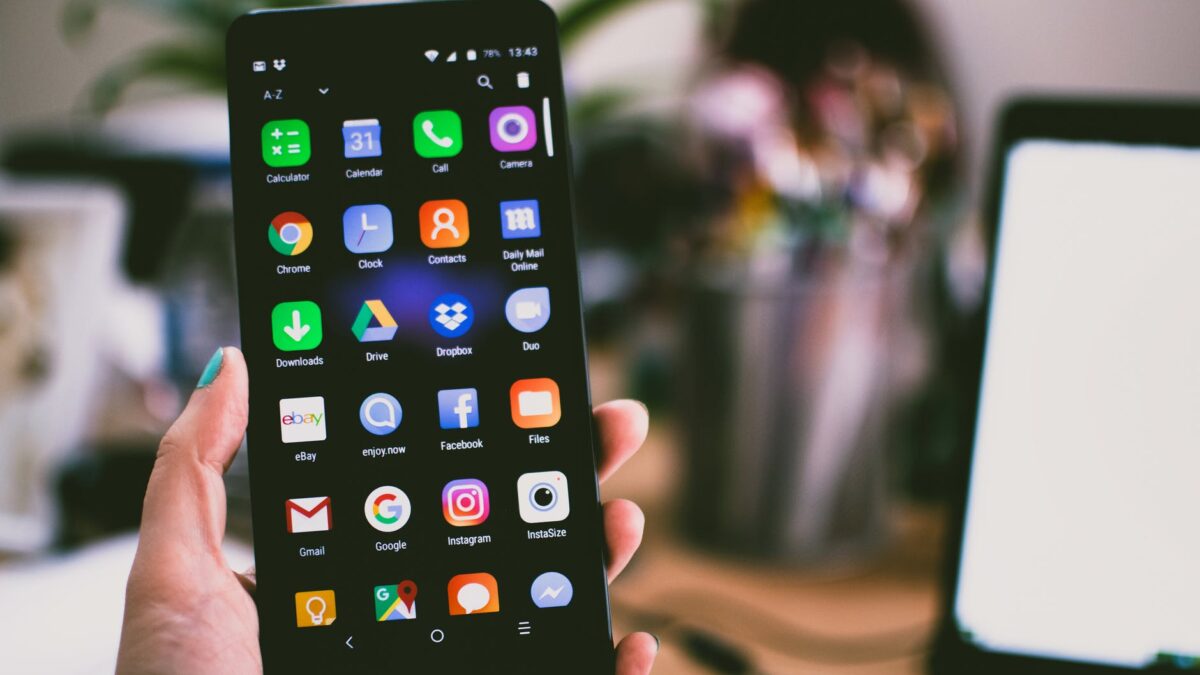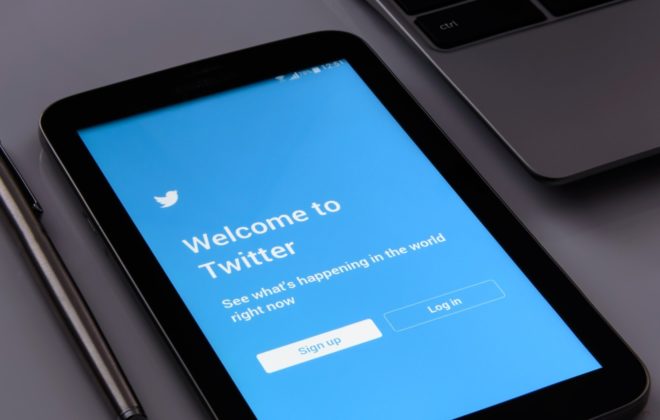How to survey politicians about their social media perceptions
Many studies focus on how politicians use or present themselves on social media (e.g., see the blogposts by Xénia Farkas and Márton Bene, Kristof Jacobs, Marc Jungblut and Mario Haim, or Peter Maurer). While these and other studies employing content analyses provide deep insights into how politicians present themselves online, they cannot show why politicians use social media the way they do. For example, politicians may use social media because they try to influence their target groups, or because they try to satisfy the expectations of their followers. To understand this why, it is necessary to analyze, for example, how influential politicians perceive social media to be and what they perceive their followers expect from them. Standardized surveys are suitable to capture these social media perceptions.
Using these standardized surveys, my colleagues and I have questioned German national MPs and German city councilors about their social media perceptions four times each in recent years. One of the findings shows that national MPs’ social media activities are largely independent from their perceptions on how influential social media is on their target groups. In contrast to national MPs, city councilors communicate more often via Facebook and Twitter, the stronger they perceive that they can influence journalists with their communication. However, a recent finding suggests that both national MPs and city councilors seek to satisfy the expectations of their followers with their communication rather than to influence their target groups.
For several reasons, surveying social media perceptions of politicians or other political actors is different from surveying the perceptions of citizens. First, there are only a limited number of politicians. Second, politicians usually do not have much time. Third, for high-ranking politicians in particular, it is often unclear whether they themselves or their staff manage the social media accounts. Fourth, survey implementation cannot (and should not) be left to a survey provider. Therefore, preparation and invitation is very important when surveying politicians, and below I outline some of the steps that can be taken to address these issues.
Preparation: Tedious but essential
At first, you need to get to know the population: What are the names of the politicians? Which party do they belong to? How old are they? Which social media channels do they use, which ones they don’t use? And how can they be contacted by e-mail and letter? These questions are easy to answer when it comes to national MPs, but it becomes much more complicated when it comes to local or regional politicians. Local politicians usually don’t have verified social media accounts that are easy to identify on social media. Many of them do not even have a pubic email address. Researching these individual accounts and email addresses is very tedious. Sometimes it can be helpful to ask other politicians whether they can pass on contact addresses. However, collecting this information is important – not only for contacting the politicians, but also to compare the collected data with the entire population after the survey.
Second, it takes time to create the questionnaire. Due to the politicians’ limited time, answering the survey should not take more than 15 minutes. This is why we have used single item measures when it comes to specific social media perceptions. Otherwise the length of the questionnaire would have exploded quickly – especially when it comes to different perceptions (e.g., presumed influence, perceived audience expectations) regarding different reference groups (e.g., influence on voters, influence on journalists) on different social media channels (e.g., Facebook, Twitter). Moreover, all questions should be easy to understand, there should not be too much text on the pages, and there should be as few open-ended questions as possible (many politicians would not answer these questions anyway). Thus, it is crucial that we only ask questions that are essential for the research project.
Third, one must decide whether the survey data should later be linked with other data, such as digital trace data. The combination of politicians’ self-reported social media perceptions with their actual communication (e.g., measured by content analyses) promises more reliable results, as it is no longer necessary to rely on the accuracy of politicians’ self-reported communication activities. However, to be able to link the data later, anonymity must be reduced in the survey. Of course, this must also be made transparent to the politicians. This may result, for example, in lower response rates or in less honest response behaviors. Which procedure is chosen ultimately depends on the research question. In our surveys, we have guaranteed full anonymity to the politicians.
Fourth, some politicians delegate the management of their social media accounts to their staff. How to deal with this depends on the research question: Are politicians’ social media perceptions of interest, even if they don’t use their own channels regularly? Or are the perceptions of those who manage the accounts more relevant? You can specify who should respond in the invitation letter.
Invitation letter: Key to get a foot in the door
If you don’t have contacts to people who can motivate politicians to participate (e.g., their staff), an excellent invitation is key to get a foot in the door (see also Lilleker 2003). The invitation should make clear who is responsible for the survey. In addition to information about the researcher(s) and the funding of the project, a friendly picture of the researcher(s) may be helpful. Moreover, the invitation should provide information about what the research project is about and why this particular survey is necessary. In doing so, it should also be made clear that answers from every politician are important – regardless of their connection to the research topic. Otherwise, there is a risk that only those politicians who are interested in social media will participate.
The duration of the survey and the planned storage and processing of the data should also be mentioned in the invitation. This information should not be too technical, but above all understandable. In addition, the respondents should be given the opportunity to receive a short summary of the results after the survey is completed. After the field phase, this summary should be sent quickly to the interested politicians to show gratitude and to build trust in the research team. Both might be helpful for subsequent survey studies.
Field phase: Waiting and hoping
Bear in mind that ‘timing is everything’. If politicians don’t have time, they won’t participate in the survey. Therefore, the timing of the initial contact should be well chosen. For example, one should avoid starting the field phase during important events (e.g., elections, party contentions) if the impact of these events is not relevant for the research questions.
If the financial resources allow it, the invitation including the questionnaire should be sent by e-mail and by letter – a letter with a handwritten signature might increase the seriousness of the invitation. Moreover, answering should be made as easy as possible for the respondents. Therefore, it is also useful to enclose a stamped return envelope with the postal invitation.
Once the survey is in the field, it’s wait and see. After a few weeks, reminder e-mails are helpful to increase the response rate. During the past years, our experience has been that politicians are quite responsive, unlike other ‘elite groups’ such as journalists. But don’t get your hopes up too high: Response rates of between 20 and 30 percent are something to be pleased about.
It’s worth it
Even if it’s tedious to survey politicians’ social media perceptions, it’s worth it. Knowing how politicians perceive social media helps to understand why politicians communicate the way they do. On the one hand, this helps to get a better picture of the potential of social media to bridge the gap between politicians and citizens. On the other hand, the deep insights into politicians’ perceptions help to understand the development of populist communication or negative campaigning. Moreover, the aforementioned combination of survey data with digital trace data is promising and will probably lead to further interesting results in the future.

Ole Kelm
Ole Kelm is a postdoctoral researcher at the Department of Social Sciences at HHU Düsseldorf. His research focuses on the causes and consequences of (social) media perceptions, political communication, and political consumerism.




